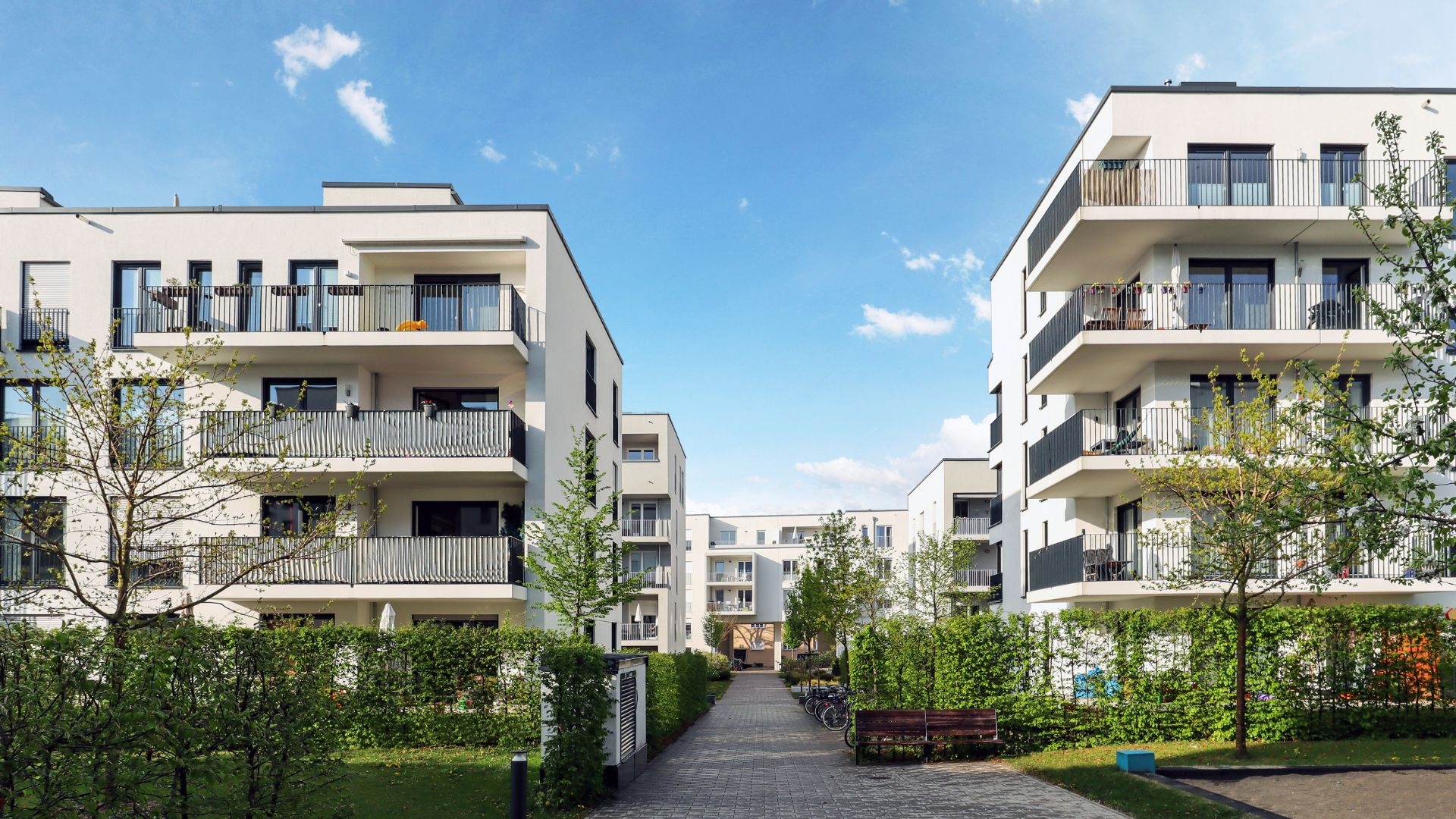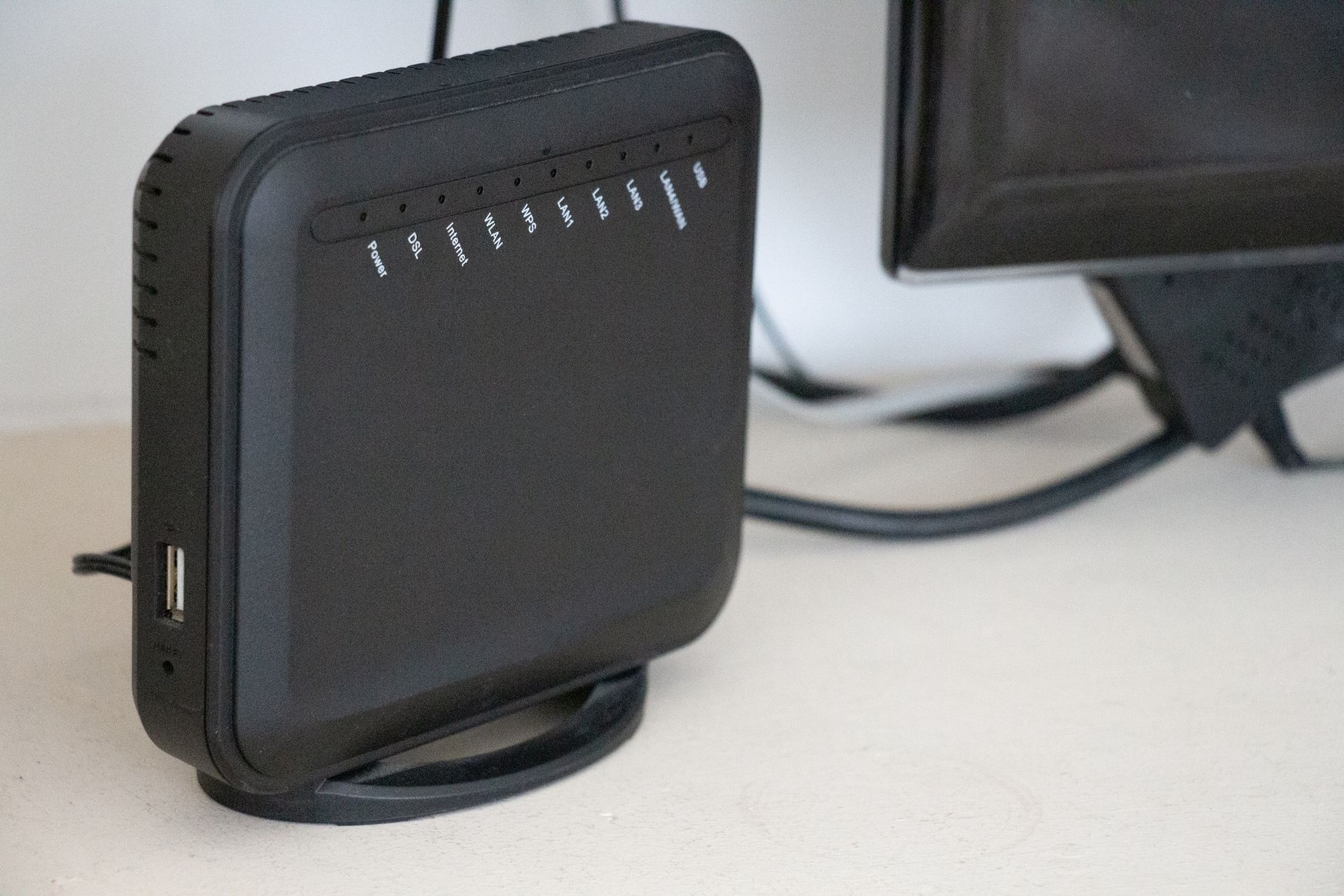Fiber optic internet infrastructure can indeed be utilized to bolster smart city initiatives within multi-dwelling units (MDUs). By leveraging the high-speed connectivity and low latency of fiber optic networks, MDUs can support a wide array of smart city applications such as smart lighting, energy management, waste management, and security systems. The robust and reliable nature of fiber optic technology enables seamless data transmission and real-time monitoring, essential for the efficient functioning of smart city solutions within MDUs. Additionally, the scalability and bandwidth capabilities of fiber optic networks allow for the integration of future smart technologies, ensuring that MDUs remain at the forefront of urban innovation. In conclusion, the deployment of fiber optic internet infrastructure within MDUs can significantly contribute to the success of smart city initiatives, enhancing the overall quality of life for residents and promoting sustainable urban development.




